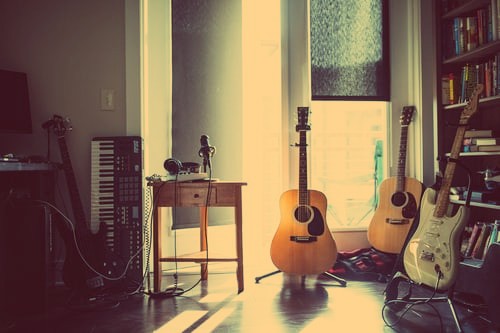
Event photography is a challenging yet rewarding field that requires a combination of technical skill, creativity, and interpersonal finesse. Whether you’re capturing corporate events, weddings, or social gatherings, the role of an event photographer is crucial in preserving memories and telling stories through imagery. This guide will help you master the craft, offering tips to help you stand out as the star behind the camera.
Understanding the Event’s Purpose
The first step in successful event photography is understanding the event’s purpose. Every event, whether a birthday party or a corporate conference, has a story to tell. As a photographer, your job is to capture the essence of the event and reflect its purpose through your photos.
Take time to learn about the key moments and people that matter. In a wedding, for instance, capturing the couple’s first dance is essential, while in a corporate event, photos of speakers and audience engagement may be more significant. Knowing the event’s timeline and flow will help you anticipate these critical moments and ensure you don’t miss any shots that matter most.
Gear Essentials for Event Photography
Having the right gear is fundamental to excelling in event photography. While your skill as a photographer is the most important factor, the tools you use can enhance your ability to capture stunning images. Invest in a fast shutter speed camera and high ISO capabilities to adapt to various lighting conditions. A versatile zoom lens, such as a 24-70mm, is ideal for capturing both wide shots of the venue and close-up moments.
Flash is another crucial tool, particularly for indoor events with poor lighting. A good external flash can improve image quality by adding the right light. To ensure you are prepared for anything, don’t forget accessories like extra batteries, memory cards, and a backup camera.
Mastering Lighting Techniques
Lighting can make or break your event photos. Natural light is often preferred, but artificial lighting is key in most events indoors or in the evening. Learning how to use lighting effectively will significantly improve your photos. Use diffused lighting to soften shadows and create a more flattering image. Bouncing your flash off a ceiling or wall for indoor events can help create a more even light distribution.
If the event is outdoors, pay attention to the time of day and the direction of the light. Just after sunrise or before sunset, the golden hour provides soft, warm lighting ideal for outdoor portraits. Avoid harsh midday light, which can create unflattering shadows. In low-light situations, adjust your camera settings to a higher ISO, but be cautious about introducing too much noise.
Capturing Candid Moments
While posed shots are important, candid photography often produces the most memorable images from any event. These unscripted moments capture the attendees’ true emotions and the event’s atmosphere. Position yourself in a way that you can observe interactions without being intrusive. The key is to blend in with the crowd so that people feel comfortable being themselves in front of the camera.
Use a telephoto lens to capture candid moments from a distance. This allows you to take photos without interfering in the scene, keeping the subjects more natural and relaxed. Look for laughter, interactions between guests, or moments of quiet reflection—these shots often resonate the most with your clients.
Building Rapport with Your Subjects
As an event photographer, your ability to connect with people is just as important as your technical skills. People who feel comfortable around you are more likely to be relaxed and natural in your photos. Start by introducing yourself to key individuals, such as the event organizers, speakers, or the bride and groom at a wedding. Building this rapport will allow you to move freely around the event and give you better access to important moments.
Feel free to engage with guests and ask them for a photo. A friendly demeanor will encourage people to participate in the photo-taking process rather than shy away from the camera. If you can make them laugh or relax, the resulting images will be far more authentic and engaging.
Editing and Post-Processing
The work of an event photographer continues even after the event is over. Post-processing is a crucial step in delivering high-quality images to your clients. Start by sorting through the hundreds or even thousands of photos you’ve taken, and select the best shots that capture the essence of the event.
Editing tools such as Adobe Lightroom or Photoshop can enhance your photos. Attention to exposure, contrast, and white balance adjustments to ensure your images are clear and vibrant. Be mindful not to over-edit; subtle adjustments that enhance the natural beauty of the moment are often more effective than heavy filters or effects.
Delivering the Final Product
The final step in your role as an event photographer is delivering your photos to the client promptly and professionally. Clear communication is key—discuss with your clients when and how they can expect to receive the images. Whether you provide a digital gallery, USB drive, or printed album, ensure that the presentation of your work is as polished as the images themselves.
It’s also a good idea to offer a sneak peek of a few standout images within a day or two of the event. This keeps the client’s excitement alive and shows them the high quality of your work, building anticipation for the full gallery.
Mastering event photography takes time, patience, and a commitment to continuous improvement. You can become the star behind the camera by understanding the event, using the right gear, and honing your photography techniques. The moments you capture will tell the story of the event and create lasting memories for your clients. Keep practicing, learning, and refining your craft to make each event shoot better than the last.